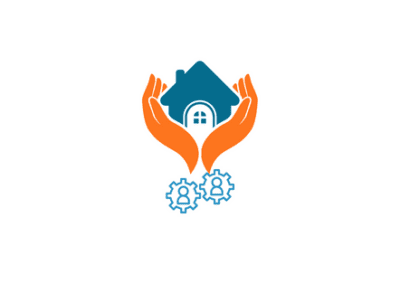By now, the COVID-19 pandemic has truly gripped the global population. Although it’s a worry for everyone, there is understandably heightened concern in long-term care and assisted living facilities.
The increasing number of COVID-19 cases in long term care facilities continues to be a top concern for both the facilities, and the wider public. Health experts state that long-term care facilities are the most worrisome hotspots for COVID-19. It’s not an understatement to say that it is essential for long-term care homes to respond appropriately to the outbreak.
The Life Care Center nursing home in Kirkland, Washington now faces a fine of more than $611,000. It was an epicenter of COVID-19 cases in the early days of the pandemic. As a result, they’ve experienced loss of Medicare funding due to failure to respond in an appropriate manner.
As a result, government and health organization guidelines and best practices have to be followed in emergency situations like this. One important new measure they have put in place is ensuring that staff work at only one location. This is additional to PPE and physical contact guidelines to help eliminate the spread. This includes limiting interaction with any other staff members who may have been infected.
Concerns Surrounding Staffing, Locations, and Patients
Long-Term Care Facilities in the United States
Jane Meadus, Chief Policy Officer of the Advocacy Centre for the Elderly, stated that in her opinion the biggest concern right now is around staffing. This has many different facets. Staff must follow guidelines to work only at one location, unless expressly given permission to work at multiple locations. They should be following the relevant protocols around cleanliness, i.e washing hands, sterilization, etc. Personal Protective Equipment (PPE) is something that must be provided for staff. Since the beginning of this outbreak, PPE has become a significant concern.
In terms of scheduling staff, management has to be aware of the risk involved. Schedules have to be accurate in terms of staff qualifications and certifications. More importantly, the locations they are working at to ensure regulations are being followed. One paramount issue around staffing is the limitation on where they can work.
In order to help prevent the spread of COVID-19, long-term care facilities in the US have now been advised by the president that:
“All nursing home facilities need to assign the same staff to care for the same group of residents consistently.”
In order to follow guidelines, long-term care facilities should ensure that they schedule staff to a single location (except in extraordinary circumstances), and match staff with specific patients.
Long-Term Care Facilities In Canada
Near us, the government of British Columbia has provided the following instructions for care facilities:
- must restrict the movement of staff between facilities by ensuring that staff work in only one facility
- may seek approval from the medical health officer to permit a staff member to work in more than one facility, if unable to ensure adequate staffing levels in a facility as a result of complying with the direction of the medical health officer
- must not terminate the employment of, or otherwise penalize staff, and must preserve all benefits coverage and other perquisites for staff, who comply with the direction of the medical health officer with respect to where they are to work
- must provide a copy of this notice to your staff
The purpose of long-term care facilities is to provide the highest level of care for patients that they possibly can. Needless to say, the management at care homes and facilities have a lot to consider when choosing the best approach to staffing, the movement of people, and ultimately, how to provide the best care for their patients.
Social isolation is a well-intentioned measure for the majority of people. But within long-term care homes, it can be very difficult to achieve. It’s very important to match the right staff, with the right patients, at the right time, in the right location, while taking the right precautions. It’s vital that patients’ level of care should not be interrupted by scheduling concerns or administrative burdens.
What Can We Do to Help?
At Celayix, we appreciate the work of all healthcare workers and the sacrifices and risk they are taking to ensure the safety of their communities. As a small token of our appreciation, we want to do our part to assist in any way we can. Let us take care of the scheduling while you work on the most important parts of your operations. Some of the main ways in which Celayix can assist long-term care facilities during this pandemic are as follows:
1) Assign staff according to location infection status to protect both staff and residents.
2) Assign staff according to patient infection status, regardless of location, ensuring you keep uninfected patients separated and minimize the risk for other hospital staff.
3) Rapidly replace infected staff, quickly managing unforeseen absences due to illness.
4) Easily manage unexpected no-shows, finding immediate replacements who meet the necessary skills, experience, certifications and qualifications.




